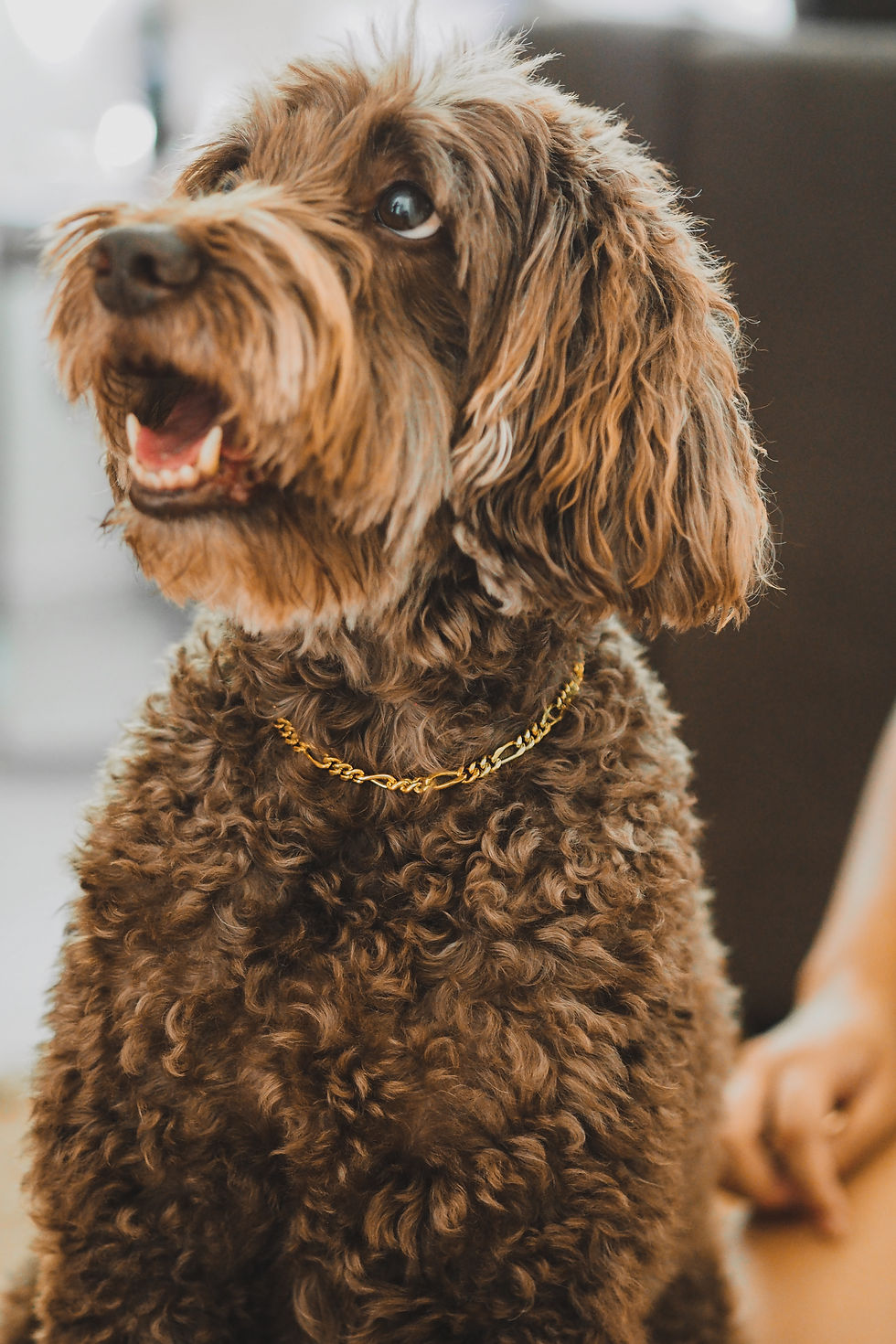Creative Boundaries

I was recently invited to Duke School’s fifth grade to be a guest expert on dog training. My unruly standard poodle, Bradley, and I presented what little we knew about dog training to the assembled grade. (The kids loved it when Bradley, upon my request and with the teachers’ permission, jumped on one of the tables.)
Three days after we left, Bradley and I received a thank you note from each fifth grade student. These thank you notes were nothing like the thank you notes I used to write when I was 12. ("Dear Aunt Enid and Uncle Jim, thank you for the great basketball. I love it.") Instead they were two to three paragraphs long, illustrated and very specific. Yet each letter was very different. One letter writer commented that Bradley and I looked very well bonded. Another writer wondered if dogs could be trained to wear shoes. Each letter brought a smile to my face. (Bradley enjoyed hearing me read them to him. His English is improving rapidly.)
Upon reflection, it was clear that their teachers taught a template for writing a good thank you letter to guest experts. The students should be specific about something they learned, they should mention something they enjoyed and comment on something they noticed.
Ironically, by laying out such structures, the letters were unique. Creativity, it seems, thrives within structures.
People hate chaos, yet they crave to be original. Understanding the purpose of what you are doing as well as the rules you need to follow leads, not to mindless conformity, but allows for the freedom to do many things even when respecting boundaries.
Leaders ought to internalize that lesson. Too often, leaders will be so directive there is no room for freedom. Other times they give no guidelines which tends to lead to equally lackluster work. Set the boundaries and then let creativity flow within those boundaries.
コメント